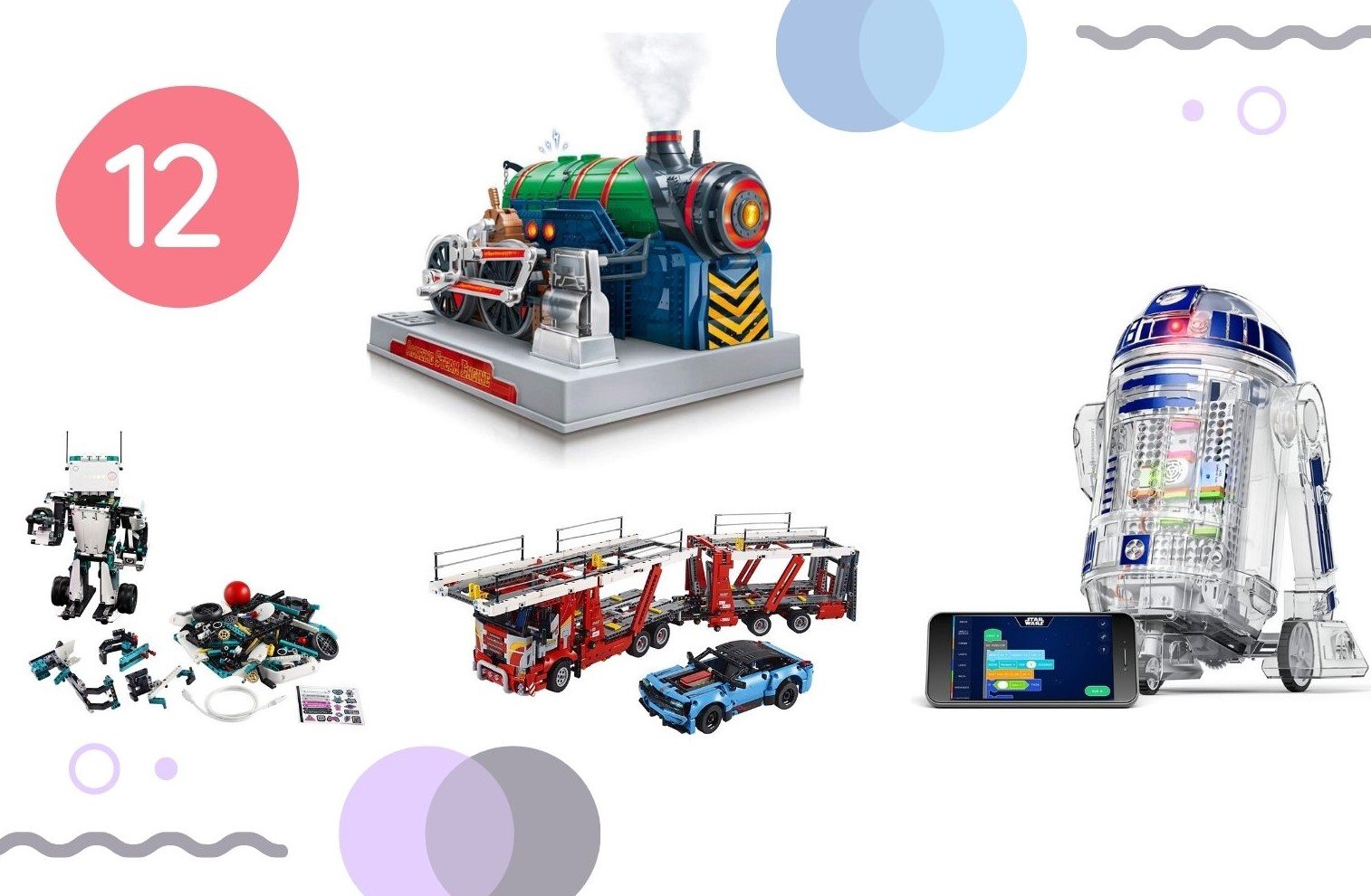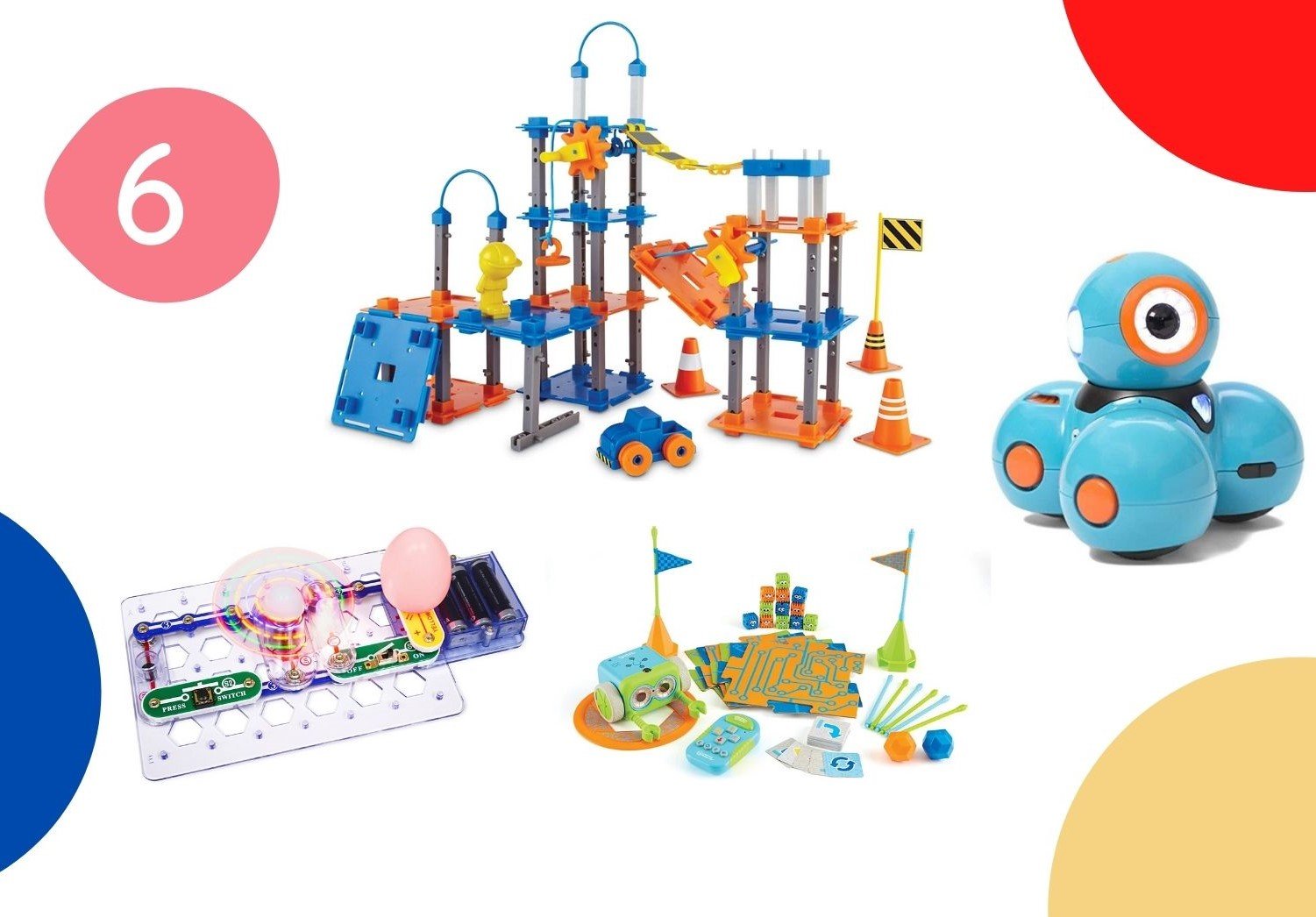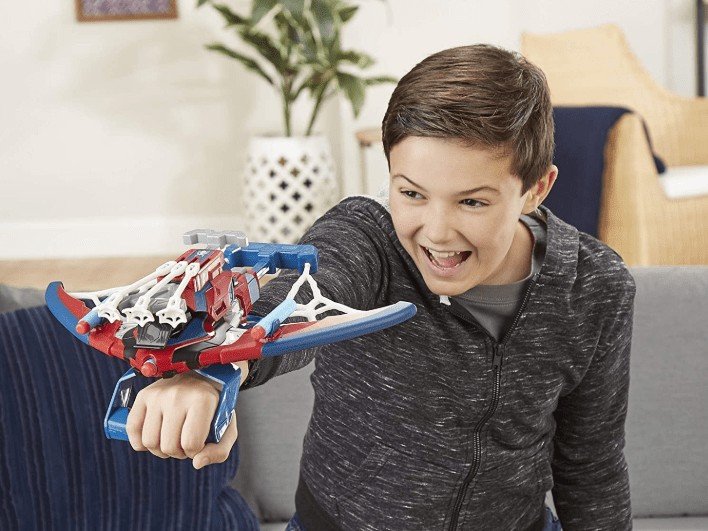Every parent desires the best for their children, including providing quality education, promoting physical health, and developing emotional skills to ensure they grow up happy and healthy.
If you are a new parent, it is natural to feel overwhelmed and unsure about what to teach your one-year-old. Therefore, I have created this guide to share my personal experience and provide you with helpful tips.

Developmental Milestones for 1-Year-Olds
To understand what to teach a one-year-old, we should start with what they are capable of, physically and intellectually. The subject you introduce should be age-appropriate so your child will pay attention to it and easily accept it.
Your child’s developmental milestones are grouped into four main domains. These include motor skills, cognitive skills, hearing, speech and language, and social and emotional development. You can also use the CDC’s checklist to compare your child’s progress.
Motor Skills
Children grow almost triple their birth weight by the age of one year. At the same time, they gain muscular strength and can sit up or stand up.
By one year, you can expect your child to perform basic motor skills such as sitting, pulling up to stand, and walking with or without support. In addition, they can hold delicate items such as a spoon and toys and can drink from a cup without a lid. They can also pick things up between thumb and finger (pincer grasp) and quickly point to something.
Cognitive Skills
Cognition refers to higher mental functions such as perception, memory, and problem-solving. It evolves with age.
In infancy, thought processes are centered around immediate experiences. At the age of one, they learn to recognize patterns and cause-and-effect relationships, such as when they drop a toy and watch it fall to the ground. They also start to develop memory skills, which allow them to remember familiar faces and objects.
A child also begins to understand basic instructions and how to respond to them. He can also react to emotions and comprehend them.
You might often find your little one throwing things around and getting worked up. Don’t worry; they are curious about their surroundings and trying to figure things out.
Language/Communication skills
Though you may have already heard “ma-ma” and “da-da,” they are expected to speak 2 – 3 words by this age.
In addition, they can wave “bye-bye” and understands commands such as “no” (pauses briefly or stops when you say it), imitate, and project what you tell them.
We must be cautious with what they hear from us, other caregivers, or on the TV as they grasp things quickly.

What To Teach A One-Year-Old?
Although the age of one may seem small, you will be amazed at how much your child can absorb at this stage. The first few years of a child’s life significantly impact their development, so it is crucial to provide a healthy environment.
Remember that every baby develops at their own pace, so be patient and don’t compare your baby’s progress to others. Your baby will learn to stand and walk independently with time, practice, and patience.
The following points can give an excellent guide to what to teach your one-year-old.
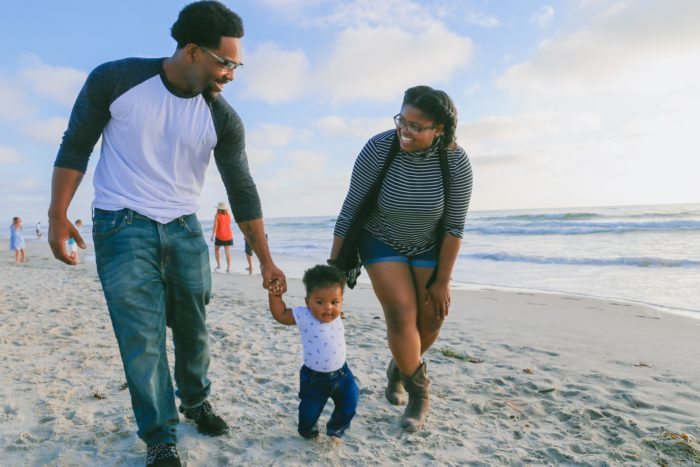
Standing and Walking
As the motor skills mature, your child can pull to stand or take a few steps with support by one year.
There are many ways you can encourage your little one to walk or move around.
1. Encouraging crawling
Before learning to stand and walk, infants need to develop their gross motor skills, and crawling is an excellent way to do this. You can do this by placing toys out of their reach and motivating them to move toward the object.
2. Use supportive furniture
Provide your baby with sturdy furniture, such as a low table or a sofa, that they can hold onto for support. This helps them to practice standing up and taking their first steps.
3. Play games
Games with your baby that involve standing up and walking, such as peek-a-boo or walking toward a toy.
4. Provide a safe environment
Make sure the environment is safe for your baby to move around. Remove any sharp or dangerous objects and ensure the floor is free of tripping hazards.
5. Use positive reinforcement
Encourage your baby’s efforts and celebrate their successes. Use positive reinforcement, such as clapping or cheering, to motivate them to keep trying.
6. Play outdoors
You will be amazed at how much one-year-olds love to get out of the house. In addition, your little one will learn many things about mother nature as you allow her to explore.

Stacking and Sorting
Cognitive and motor skills go hand in hand. For example, your toddler can perform many tasks efficiently by developing better hand-eye coordination. In addition, educational toys can help strengthen their cognitive skills. The best learning toys for one-year-olds are stacking rings, ups, and sorting toys.
Through playing with stacking and sorting toys, your child can learn about patience and focus and strengthen their fine motor skills and eye coordination. Usually, start with simple blocks, gradually increasing the difficulty.
Use repetition so they continue to practice stacking regularly. Always praise and encourage your baby’s efforts and celebrate their successes, such as clapping or cheering, to motivate them to keep trying.
My daughter always shows a proud face when she can adequately stack all the rings on the pole. These toys also help establish confidence in a small child.
Pushing and Pulling a Riding Toy
Pushing and pulling toys help enhance their motor skills while assisting them in letting off steam and encouraging your child to walk and run.
Always choose an appropriate toy for their age and size and show them how to push or pull it using actions and simple language such as “Let’s push the toy.”
Then, encourage your baby to explore the toy independently by letting them push or pull it around the room. This helps them to develop their balance, coordination, and spatial awareness.
Make it fun by singing or playing games while your baby does it. This helps to keep them engaged and interested.
Always provide a safe environment so your child can move freely without obstacles. For example, if you have multiple floors in the house, ensure the stairs are appropriately guarded with gates so the riding toy will not fall down the stairs.
Cause and Effect
Cause and effect may be a natural skill for us, but it’s new for babies. You can show your child how flipping a switch can turn on the lights. I am sure you will see her puzzled face. The next time she is near a button, don’t be surprised if she also tries to pull it up and then turns her head to see if the light turns on.
Many toys can help teach cause and effect. Some great options are good books, toys with buttons, and musical instrument toys.
Matching Objects with Names
Your child is learning to match an object with its name by this age. For example, if you point to the sky and then say “sky,” the next time she hears “sky,” she will look up or point to the sky. Also, there is still time to start teaching letters and numbers. You can begin with reusable wall stickers, toddler books, or flashcards. Everyday householder objects are excellent, too. However, don’t expect your child to remember the word immediately. It would help if you repeated the same thing many times for them to memorize it.
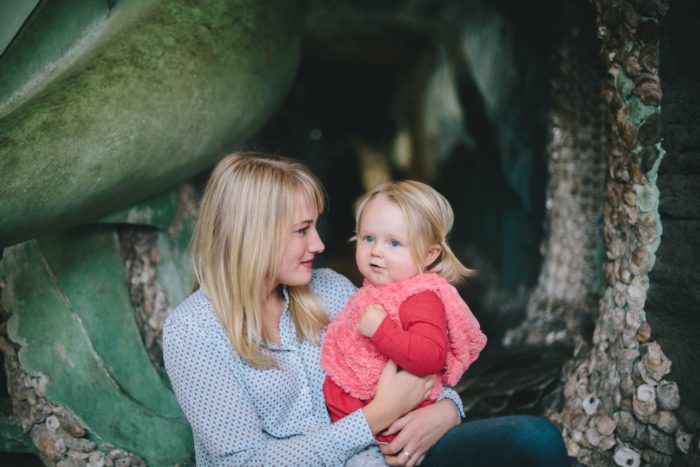
Speaking Simple Words
The best ways to build up your child’s vocabulary and communication skills are to talk to them, converse with them, and engage with them by singing songs or reading read books. One-year-olds are starting to learn to understand and speak simple words.
Besides “ma-ma” and “da-da,” teach your child simple words such as “ball,” “milk,” and “here.” Of course, it will take a lot of repetition and patience.
Following Simple Commands
They also understand basic directions and instructions such as “eat,” “come,” and “go.”. This is also an excellent time to encourage them to follow your instructions and use good manners. Whenever they accomplish a task, say “Thank you” to them and reward them with a big hug or their favorite snack. And when they ask for something, encourage them to say “Please.”

Tips for Parents When Teaching One-Year-Olds
Teaching a one-year-old can be a delightful experience because babies are adorable at this stage. However, it can also be challenging as they have short attention spans and need help comprehending your words. Here are some helpful tips to make teaching more effective;
Demonstrate
Children naturally tend to imitate adults, especially at a young age. As a parent, you are your child’s entire world; they learn by following your example. When you demonstrate tasks or activities, it helps your child to remember and track along more quickly.
Be Patient
They can be challenging to handle because they are still learning to follow the rules and instructions. It’s common for them to throw tantrums and cry when they can’t get what they want. As a parent, it’s essential to remain calm and remind yourself to be patient in these situations.
Be Gentle and Use Simple Instructions.
Take it one step at a time and begin with simple and easy subjects or ones your child is most interested in. For example, if your child loves music, you can start by teaching them how to use musical instruments. It can be an enjoyable experience that you can share, often ending up with dancing and laughing. It’s essential to leave your child manageable by teaching them everything at a time.
Follow Your Child’s Lead. Never Force Them
As parents, we often believe we know what’s best for our children. However, we sometimes overlook our child’s feelings and preferences. For instance, when a child refuses to eat, listen, or do something, we should avoid forcing them. It’s important to note that sometimes, it may be an ego struggle for parents to demonstrate who’s in charge. Instead, we should follow our child’s lead while maintaining firm discipline.
Most Importantly, Make It Fun!
Blending learning with play is the most effective way for a one-year-old to learn. A wide range of toys and books are designed explicitly for one-year-old boys and girls. It’s important to note that children are more likely to respond positively to something that beeps, sings, or flashes rather than lengthy lectures from parents or caregivers.
Summary
The age of one is full of wonder and excitement, as toddlers are sweet and endlessly curious. Every child is unique. The key is to make learning fun, entertaining, and safe while creating happy memories that will last a lifetime for you and your child.

Dr. Insiyah Amiji is a pediatrician with over 10 years of experience specializing in newborn care and child nutrition. She has previously served as the head of the Pediatrics Department at Saifee Hospital in Tanzania.

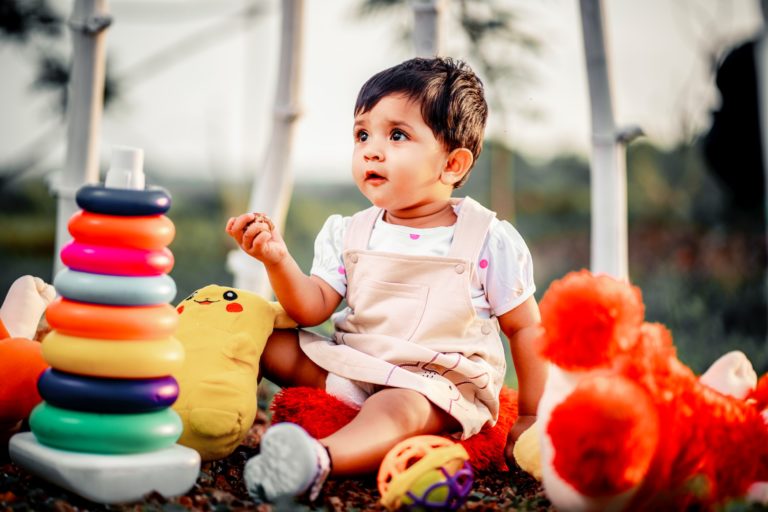
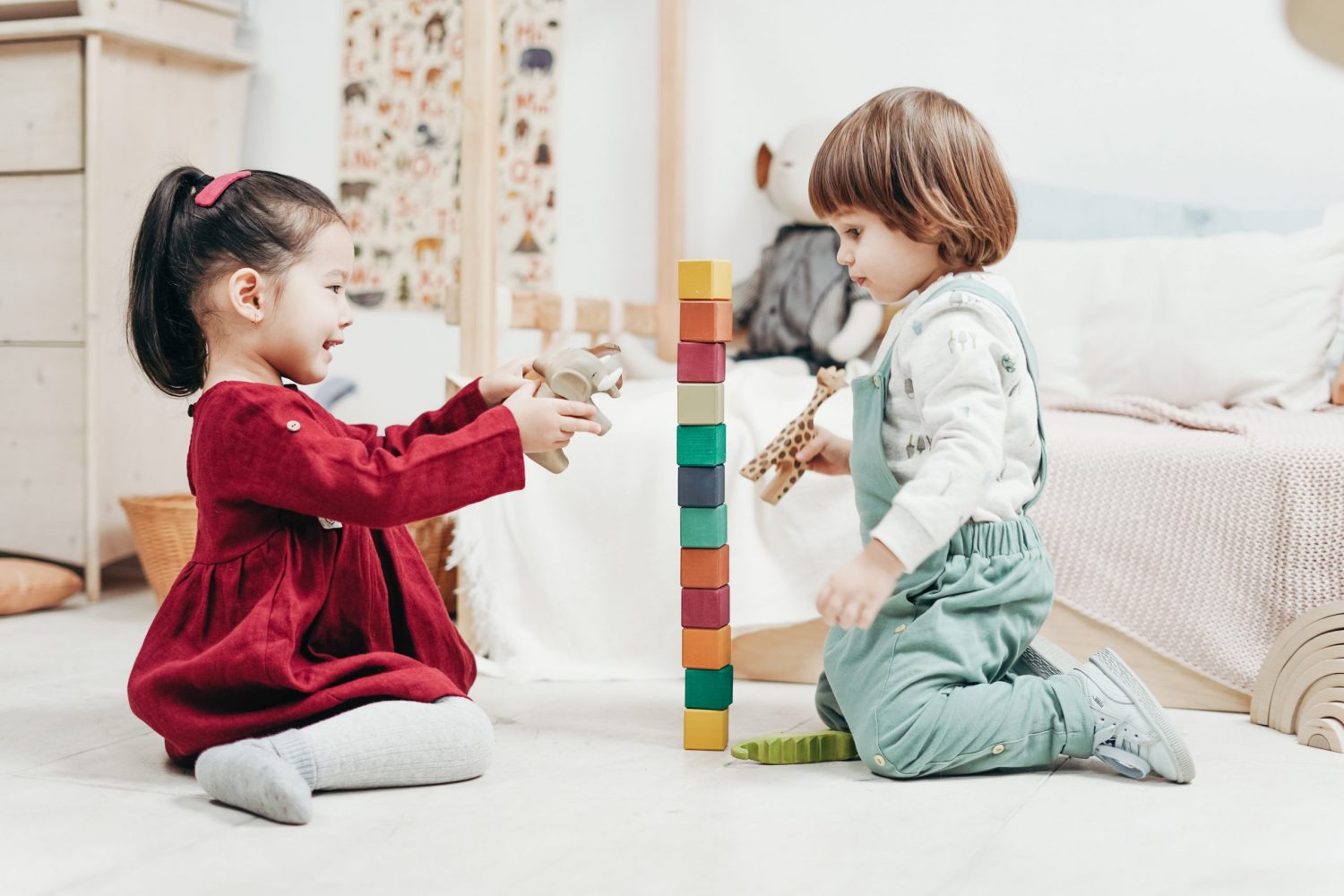
![Best STEM Toys for 5-Year-Olds: [current_year] Updates 11 Best STEM Toys for 5-Year-Olds](https://littlediscoverer.com/wp-content/uploads/2020/12/Best-STEM-Toys-for-5-Year-Olds.jpg)
